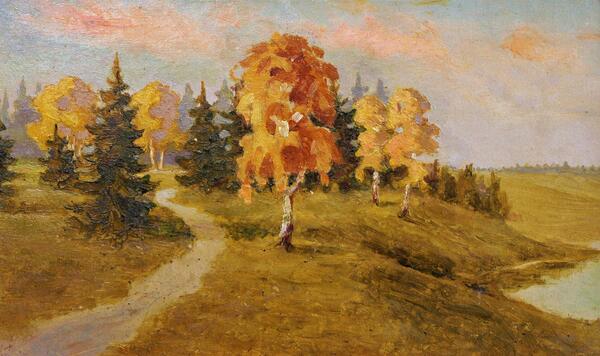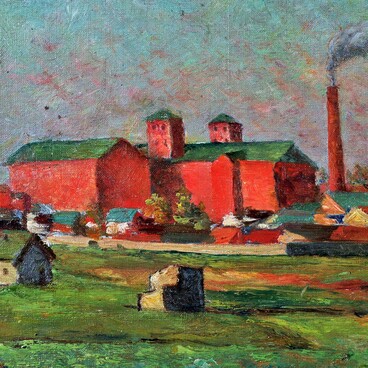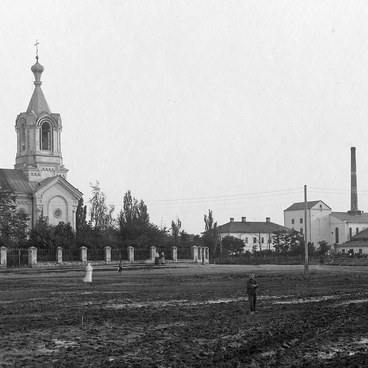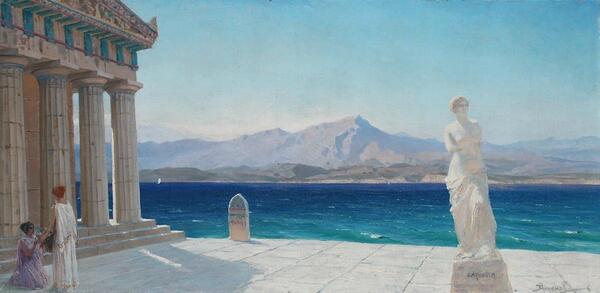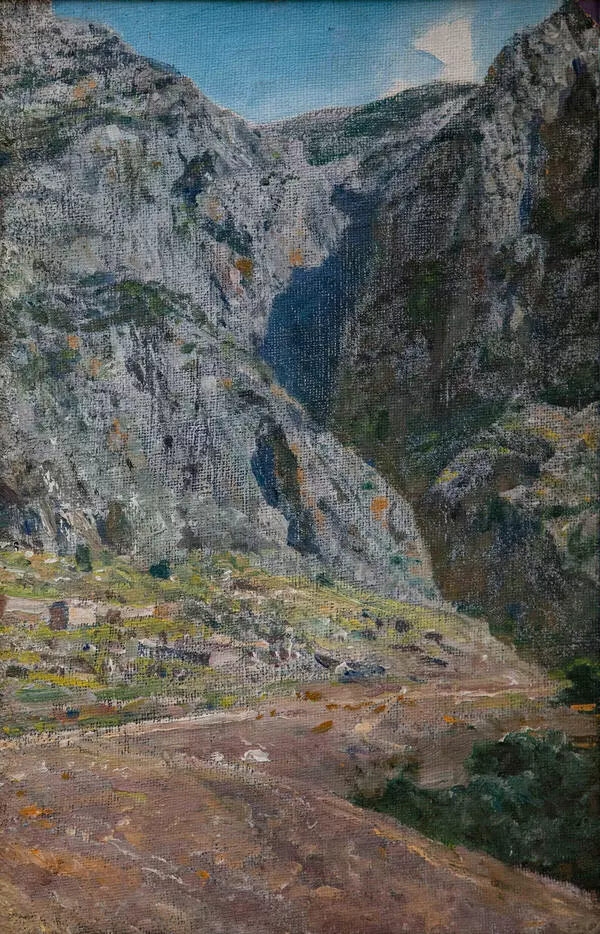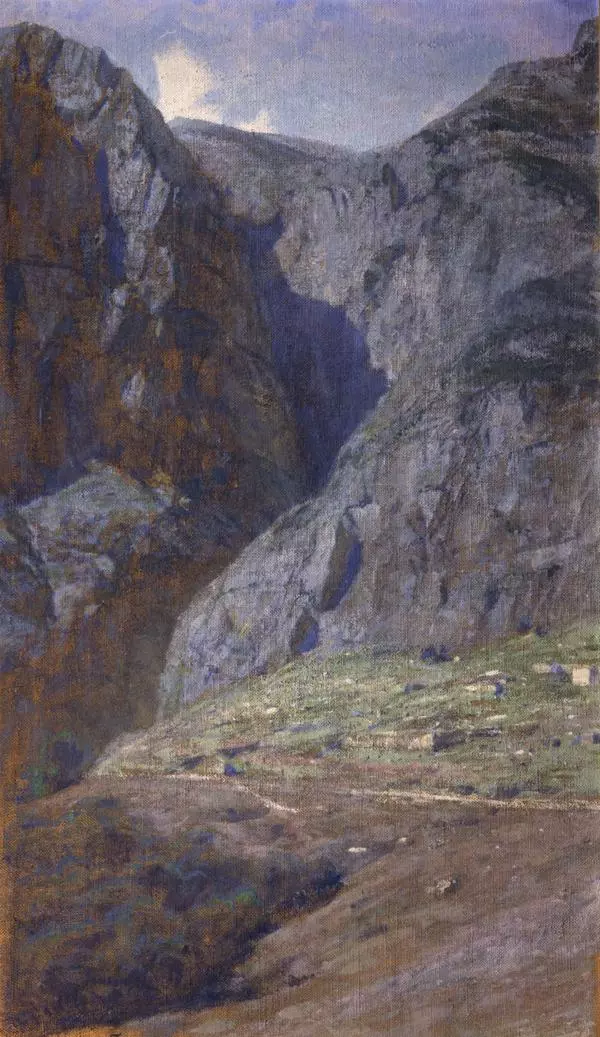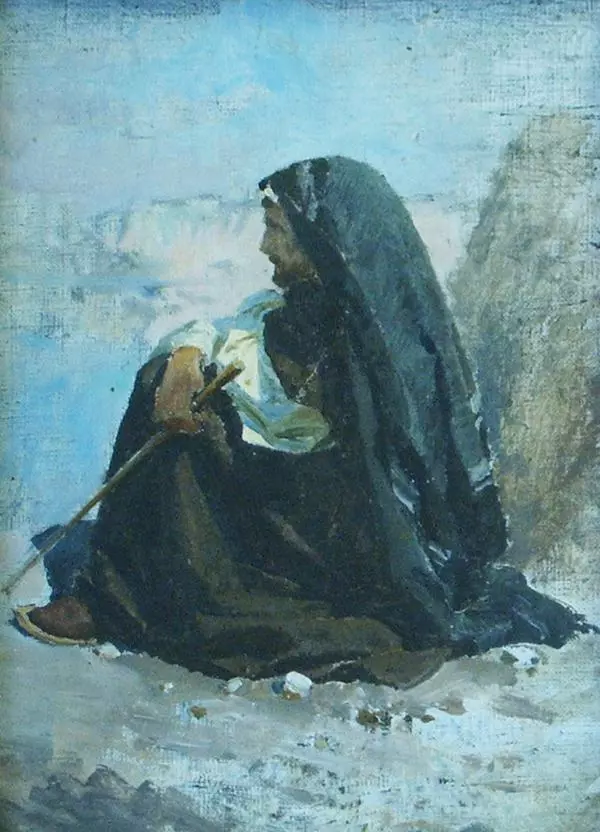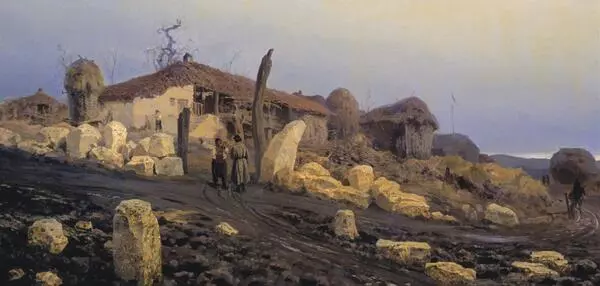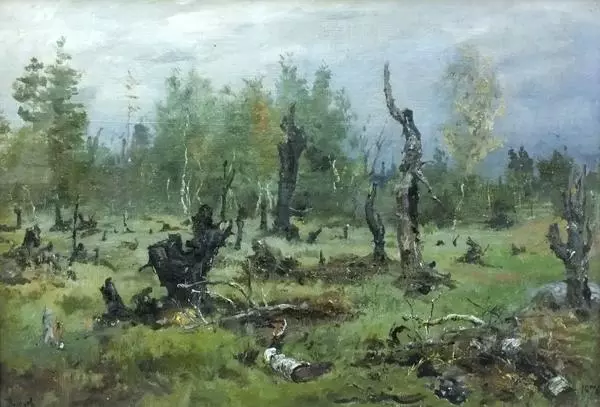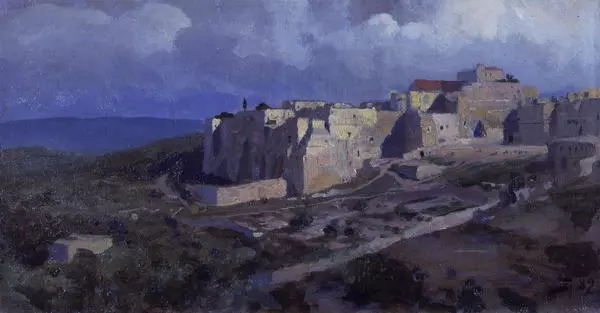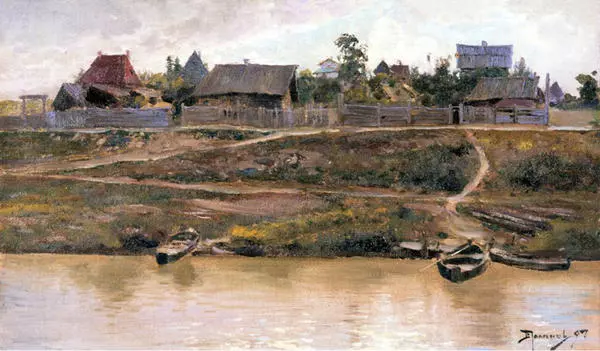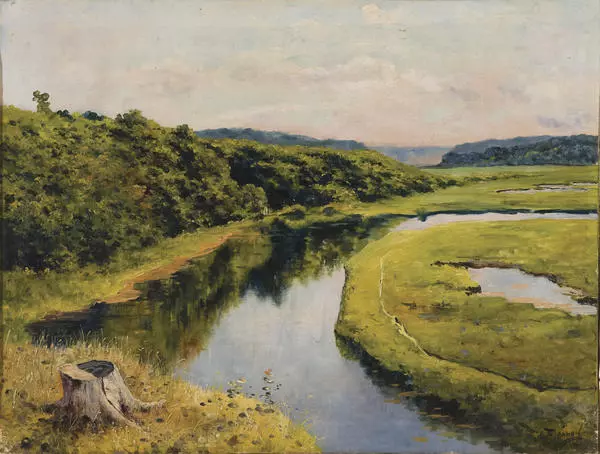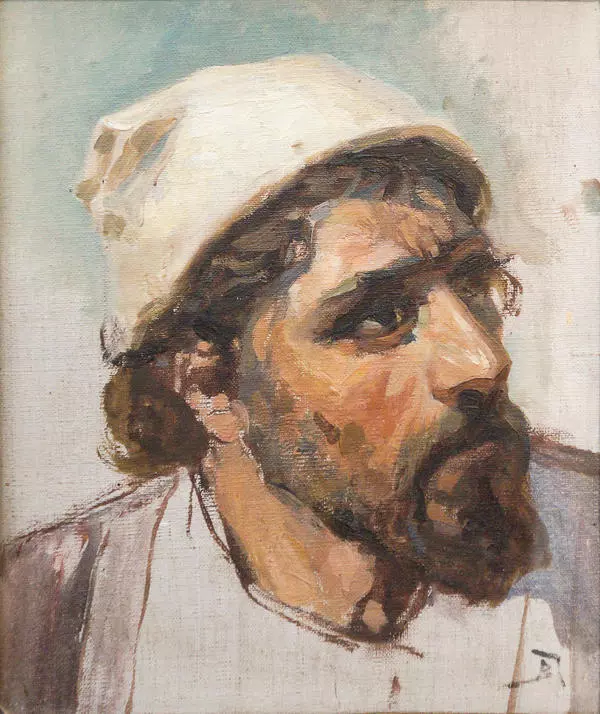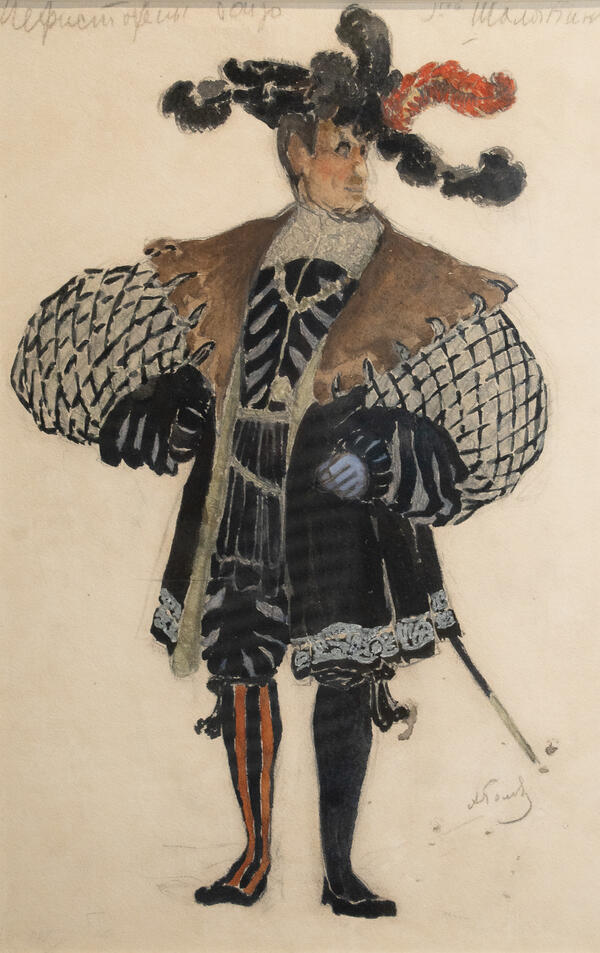The sketch “Coppice” from the collection of the Shebekino Museum was created by Vasily Polenov — Russian painter, teacher, professor of the Imperial Academy of Arts and People’s Artist of the RSFSR. He depicted an autumn landscape: the forest changed its leaves to gold. But the blue sky, calm mirror-like water and still green grass reminded of the recent summer days.
Vasily Polenov was born in St. Petersburg in 1844 into a noble family. His father served as a diplomat, but was interested in archeology and bibliography, and his mother was an artist and wrote children books. His parents strove to educate their children to be industrious and encouraged in every possible way a passion for science and the arts. Polenov’s first lessons in drawing and painting were given by his mother.
Polenov studied to be an artist and a lawyer at the same time. In the spring of 1871 with the title bachelor of laws, he graduated from St. Petersburg University, and in the fall of the same year — from the Academy of Arts. There, he received a major gold medal for his painting “The Resurrection of Jairus' Daughter” and the right to travel to Europe for six years at the expense of the Academy. During trips the artist worked a lot in nature, tried different genres, but gave preference to one — a lyrical landscape.
Vasily Polenov was born in St. Petersburg in 1844 into a noble family. His father served as a diplomat, but was interested in archeology and bibliography, and his mother was an artist and wrote children books. His parents strove to educate their children to be industrious and encouraged in every possible way a passion for science and the arts. Polenov’s first lessons in drawing and painting were given by his mother.
Polenov studied to be an artist and a lawyer at the same time. In the spring of 1871 with the title bachelor of laws, he graduated from St. Petersburg University, and in the fall of the same year — from the Academy of Arts. There, he received a major gold medal for his painting “The Resurrection of Jairus' Daughter” and the right to travel to Europe for six years at the expense of the Academy. During trips the artist worked a lot in nature, tried different genres, but gave preference to one — a lyrical landscape.

